A group of scientists led by researchers from the University of New South Wales (UNSW) have developed a novel deep-learning method for denoising outdoor electroluminescence (EL) images of solar modules.
Dubbed SimpleResNet, the method is based on a simplified residual network (ResNet)-based architecture, which utilises residual connections to enable neural networks to learn more effectively.
UNSW School of Photovoltaic and Renewable Energy Engineering Postdoctoral Research Fellow and Corresponding Author Brendan Wright told pv magazine through the use of a custom computer vision model, featuring a deep convolutional neural network architecture, researchers were able to improve the quality of denoising for imaging datasets.
“In particular by maintaining important high-contrast image features crucial for diagnostic analysis. The performance of our methodology exceeds prior attempts and more general denoising algorithms,” Wright said.
The methodology consists of an input convolutional layer with eight filters, a single residual block, and an output convolutional layer.
The residual block, in turn, contains two 3 × 3 convolutional layers with eight filters each. The model was trained, validated, and tested on 627 images, with a 7:2:1 ratio.
The dataset consisted of grayscale luminescence images of full-cell and half-cell monocrystalline PV modules, captured indoors at a bias of 100% and 10% of the module’s short-circuit current.
Three types of noises – Gaussian, Poisson, and salt-and-pepper – were added to those images, alone and together, using mathematical models. Finally, noisy-clean image pairs were combined for the use of the model.
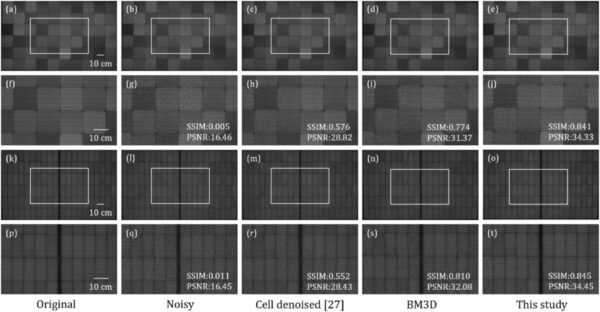
Image: University of New South Wales, Solar Energy Materials and Solar Cells, CC BY 4.0
“For benchmark comparison, the BM3D algorithm, a state-of-the-art traditional denoising method, was applied. The noise standard deviation parameter in BM3D, which controls the strength of denoising, was set to 160/255 for optimal performance,” the scientists said.
“Additionally, results were compared with the ResNet34-based cell-level denoising model. Although this model was designed and trained for individual PV cells, it was adapted here to process full module images, highlighting the urgent need for dedicated module-level solutions.”
The SimpleResNet architecture was found to demonstrate better denoising performance than the benchmarks.
It has achieved a mean peak signal-to-noise ratio (PSNR) value of 33.56 dB and a structural similarity index measure (SSIM) value of 0.84. BM3D, on the other hand, achieved 31.48 dB and 0.80, respectively, while the cell-level denoising approach achieved 28.42 dB and 0.62, respectively.
“These developed capabilities contribute to enhancing the accuracy and efficiency of automated inspection systems for utility-scale PV plants,” the academics noted.
The analysis also showed that the method’s processing speed was under 0.2 seconds per image.
“We achieve a dramatic computation time/cost benefit when using this more focused model, reducing the single-image-processing time to below 1 second, an order of magnitude improvement compared to the reference BM3D algorithm, thereby making this methodology feasible for real-time processing applications,” added Wright.
“We intend to continue optimising the performance of this class of models, through improvements in architecture and training methods, but also to focus on generalisation and application to additional diagnostic imaging techniques, including infra-red and photoluminescence imaging, where we have already seen promising results.”
“We expect our general machine learning methodology to enable significant advances in solar module monitoring and analysis, having a positive and practical impact on the industry,” Wright said.

Image: University of New South Wales, Solar Energy Materials and Solar Cells, CC BY 4.0
The new technique was presented in “Robust denoising methodology for outdoor electroluminescence images of photovoltaic modules using deep learning,” published in Solar Energy Materials and Solar Cells.
Scientists from the UNSW in Australia and the Technical University of Denmark collaborated on the study.
This content is protected by copyright and may not be reused. If you want to cooperate with us and would like to reuse some of our content, please contact: editors@pv-magazine.com.
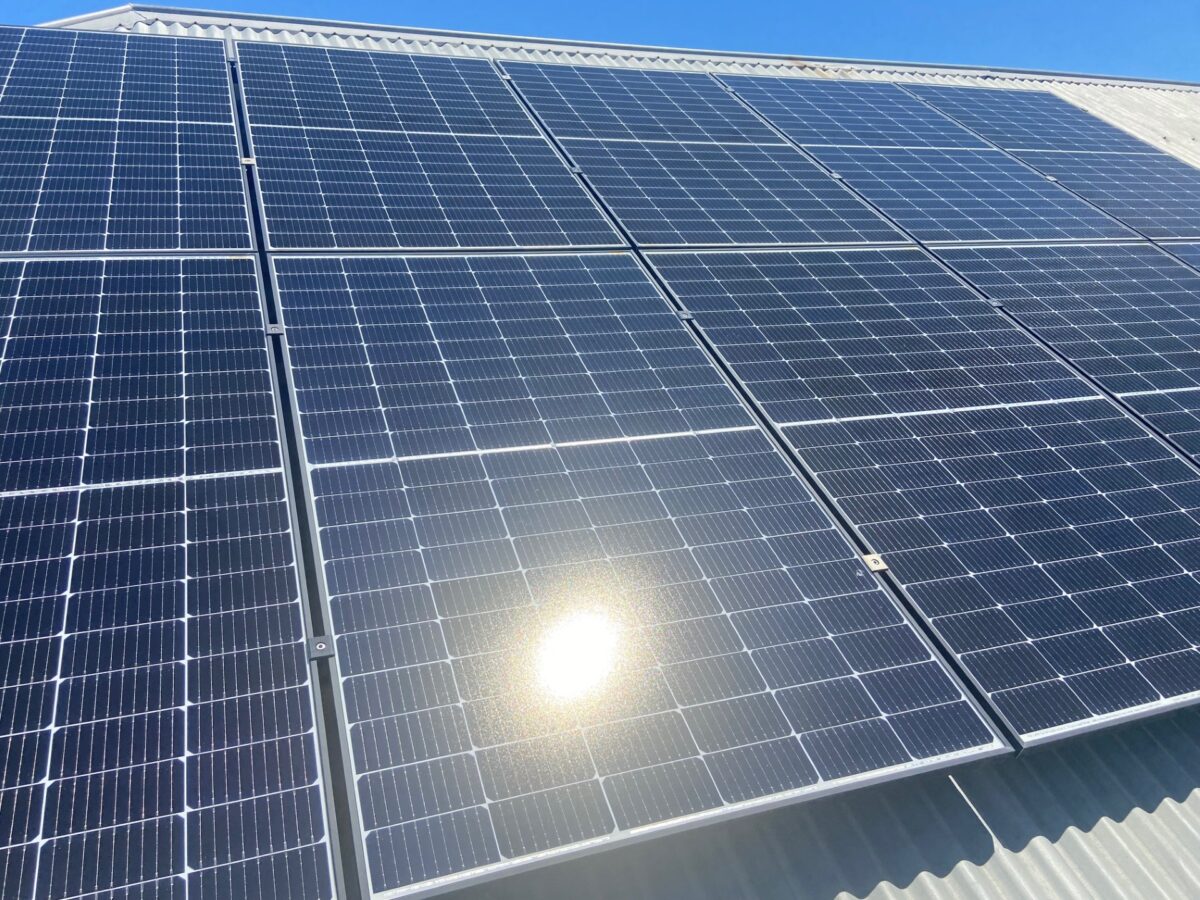
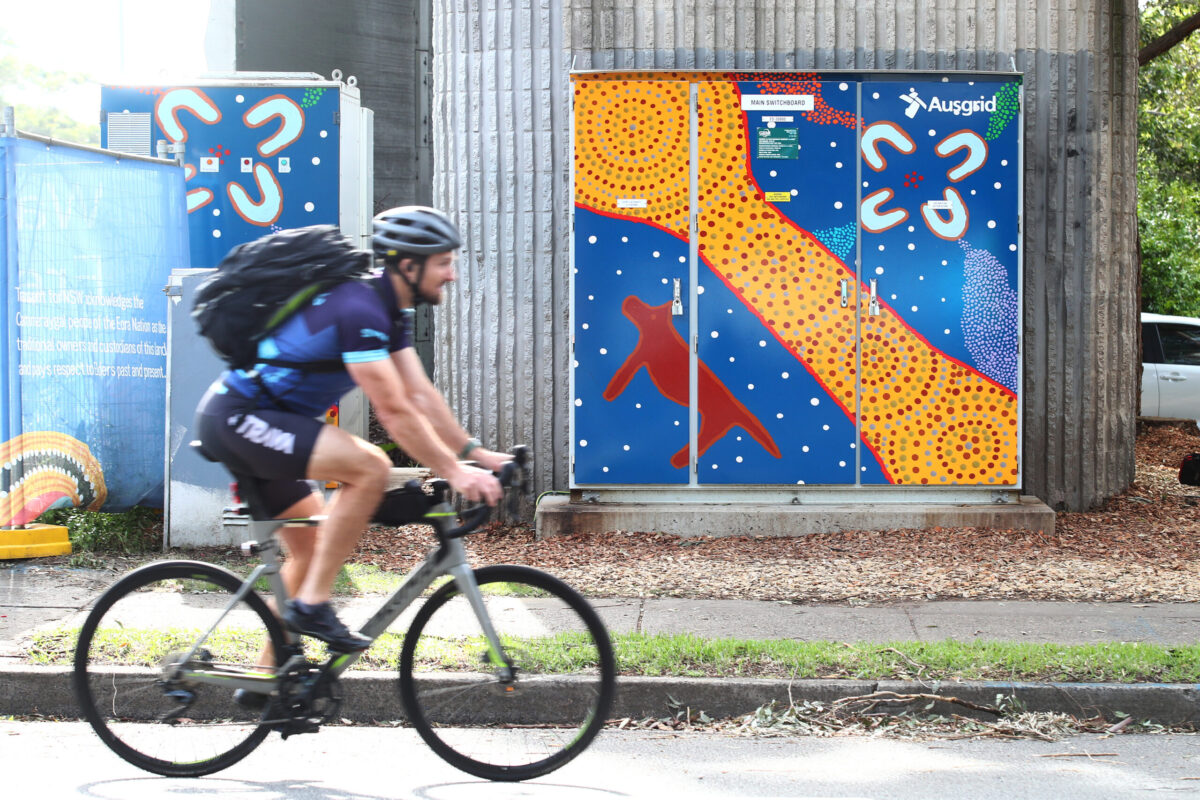

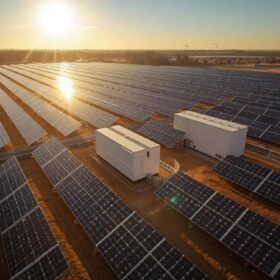

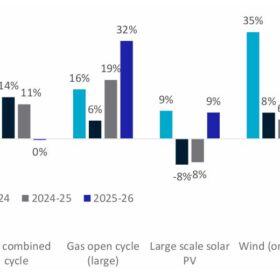

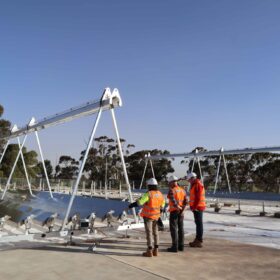
By submitting this form you agree to pv magazine using your data for the purposes of publishing your comment.
Your personal data will only be disclosed or otherwise transmitted to third parties for the purposes of spam filtering or if this is necessary for technical maintenance of the website. Any other transfer to third parties will not take place unless this is justified on the basis of applicable data protection regulations or if pv magazine is legally obliged to do so.
You may revoke this consent at any time with effect for the future, in which case your personal data will be deleted immediately. Otherwise, your data will be deleted if pv magazine has processed your request or the purpose of data storage is fulfilled.
Further information on data privacy can be found in our Data Protection Policy.